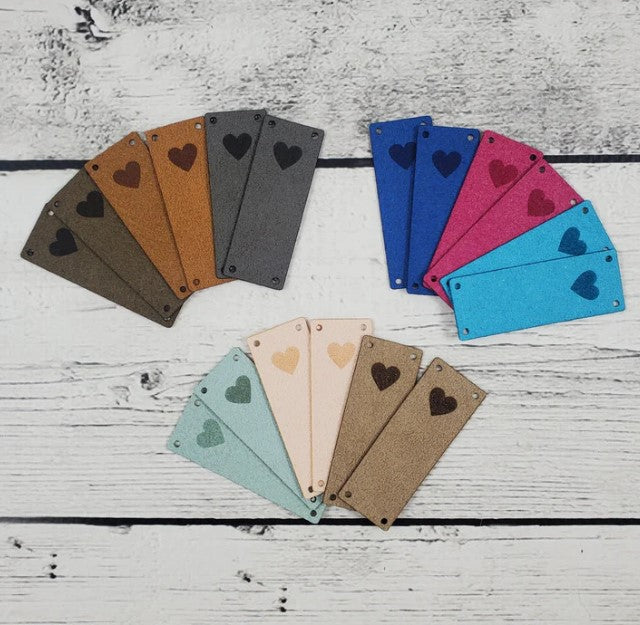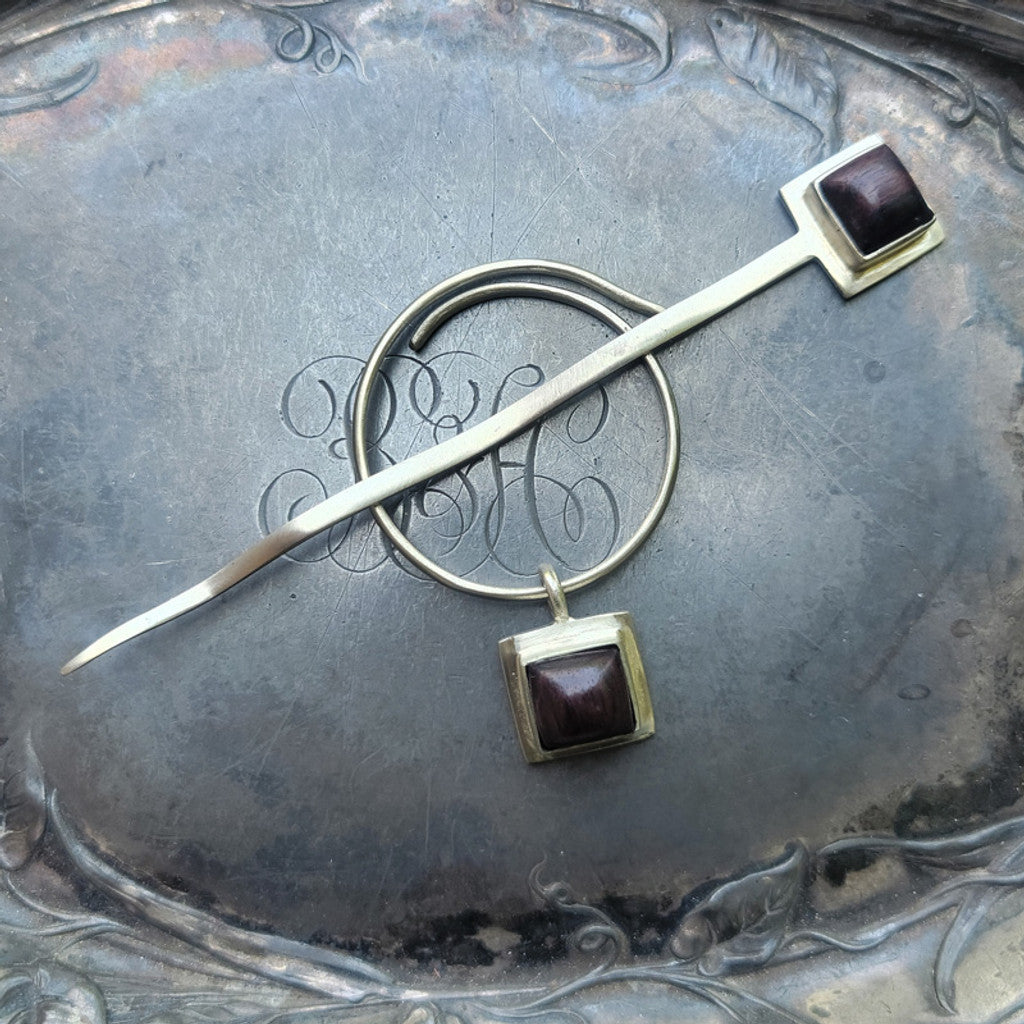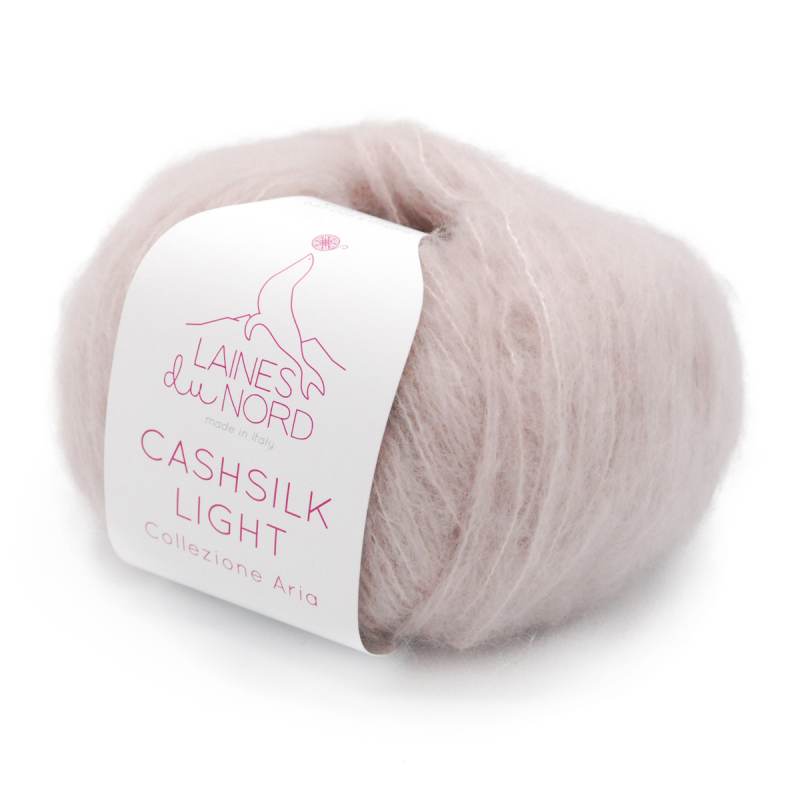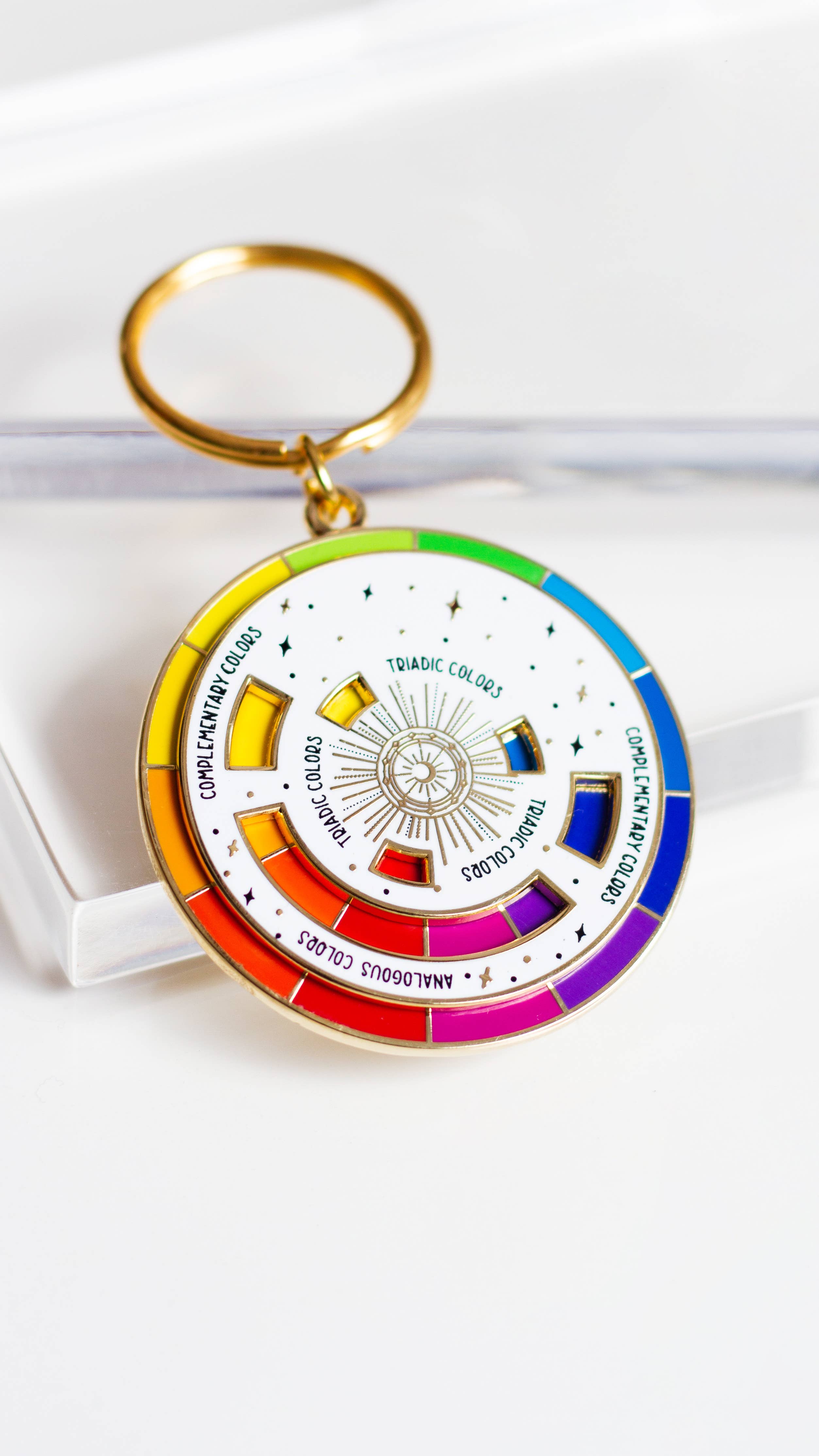What is Sari Yarn? How Can You Use it?
We talk about the importance of eco-friendly material and sustainability. These can be vague topics, so what exactly do we mean? There isn’t a better example of exactly what we mean by eco-friendly and sustainable than sari yarn.
You’ve seen our collection of sari-based products and yarn. They come in a variety of pleasing colors that vary inch by inch; their texture is smooth and silky, and they’re easy to work with in classic fiber arts, crochet and knitting.
What is sari yarn, though? Aside from being a beautiful fiber, it is an eco-friendly fabric with a rich history — and it’s made from the gorgeous, yet humble sari.
The Sari Tradition
To start, the sari (or saree) is a traditional garment worn by women in India. This word literally means “strip of cloth” in Sanskrit. Originally, they were made from cotton, but this tradition gave way to silk being woven into the garment around 2000 BC.
The level of detail accompanying each sari, such as dye techniques and embroidery, exemplified the social status of the woman who wore it. As such, wealthier women often wore much more extravagant saris.
As this trade was perfected, shops dedicated to producing sari yarn exclusively began to open up with increasing frequency.
What is Sari Yarn, Though?
Saris naturally begin to come apart after years of wear. Instead of throwing out this gorgeous and elegant fabric, crafty women began to salvage pieces and create other items from them.
After a few years of perfecting the process, sari yarn was born. Plus, because each hank is handmade, each and every one is unique.
Eco-Friendly Crafts is proud to empower these women with free trade by supporting their craft. In doing this, we can help them improve their socioeconomic standing and take care of their families. Because our yarn is salvaged from the remnants of saris, this material is kept out of landfills.
As a natural silk fiber, were the sari yarn ever to be thrown away, it would simply biodegrade over time. That quality not only makes it a fair trade, sustainable material, but it also makes it an eco-friendly fabric.
Sari Yarn Preparation
Working with sari yarn is like working with any other yarn, with a few unique quirks of its own. You’ll need a little practice, but once you get the hang of it, you might wonder why you used anything else. Stick with it and start with the right supplies, all of which we are proud to provide.
Remember, this isn’t a traditional yarn, because it’s made from 100% sari silk. Therefore, it isn’t made the same way traditional recycled goods are.
Let’s start with one of the most important factors to consider when using this yarn — it may have a strong odor when it arrives. This is because the yarn might have been prepared and stored during the rainy season in India, which lasts from June to September! If it has a gentle, mild musky scent, this is merely the smell of the natural dyes used to give it its vibrant hues.
In order to remedy a strong and possibly unpleasant odor, all you need to do is wash your yarn.
Directions
- Unwind the hank into a loose loop of yarn.
- Hand wash it with dishwashing liquid in cold water. Don’t scrub too hard!
- Put the sari yarn into a pillowcase or something comparable.
- Wash in your washing machine on a cold setting.
- Remove from bag and let yarn dry naturally.
- Roll your now ready-to-use sari yarn into a ball.
You can use this delightful, eco-friendly yarn to make handmade household items such as baskets, coasters, bowls and rugs. You could also use it to make apparel items, but it’s important to remember that it isn’t squishy like traditional wool or acrylic yarns you might be used to.
It’s dense and firm. For this reason, it makes wonderful hats, scarves and shawls. However, if you find that you need this yarn softened, it can be soaked in a gentle fabric softener. This will give it a pleasant scent, while making it more wearable and pleasing to the touch.
While it is beautiful and unique, it can be a little tricky to knit. For this reason, it’s important to take your time and really get to know this material. Here are a few handy tips to get you started, if this is your first time getting your hands on a skein.
It will become twisted and kinky if you don’t remember to let it hang and unwind itself occasionally. Vibrant, exotic and made from 100% recycled sari silk remnants, this yarn gets broken in with use. It becomes softer, with a delicate sheen, as your project continues. It also varies in color inch to inch, making it distinct and unique, every time.
Tips and Tricks
- Work with this eco-friendly material loosely because a tight tension makes it more difficult to work with.
- It can scrunch up when woven, so try to work with it more open than you do with other fibers!
- Because it is delicate, try using it like a weft yarn.
- Be very careful when unwinding it, because these strips are subtly sewn together.
This is undoubtedly the most unique knitting yarn you will ever experience, and we’re proud to offer it. We’re even prouder to support the women who create it in the fair trade industry. Every time you purchase a skein for yourself, you’re also supporting these industrious women and helping them take care of their families, while keeping this vibrant fabric out of a landfill. All of this while making something fabulous for yourself or your loved ones. What could be better than that?
Feeling creative? What are some of your favorite ways to use sari silk yarn? Do you have any upcoming projects? Comment below and let us know! We’d love to see what you’re working on. Plus, you can tag us on Instagram @ecofriendlycrafting so we can see your creation. Finally, don’t forget to check out our wide selection of handspun sari yarn!
- Choosing a selection results in a full page refresh.








